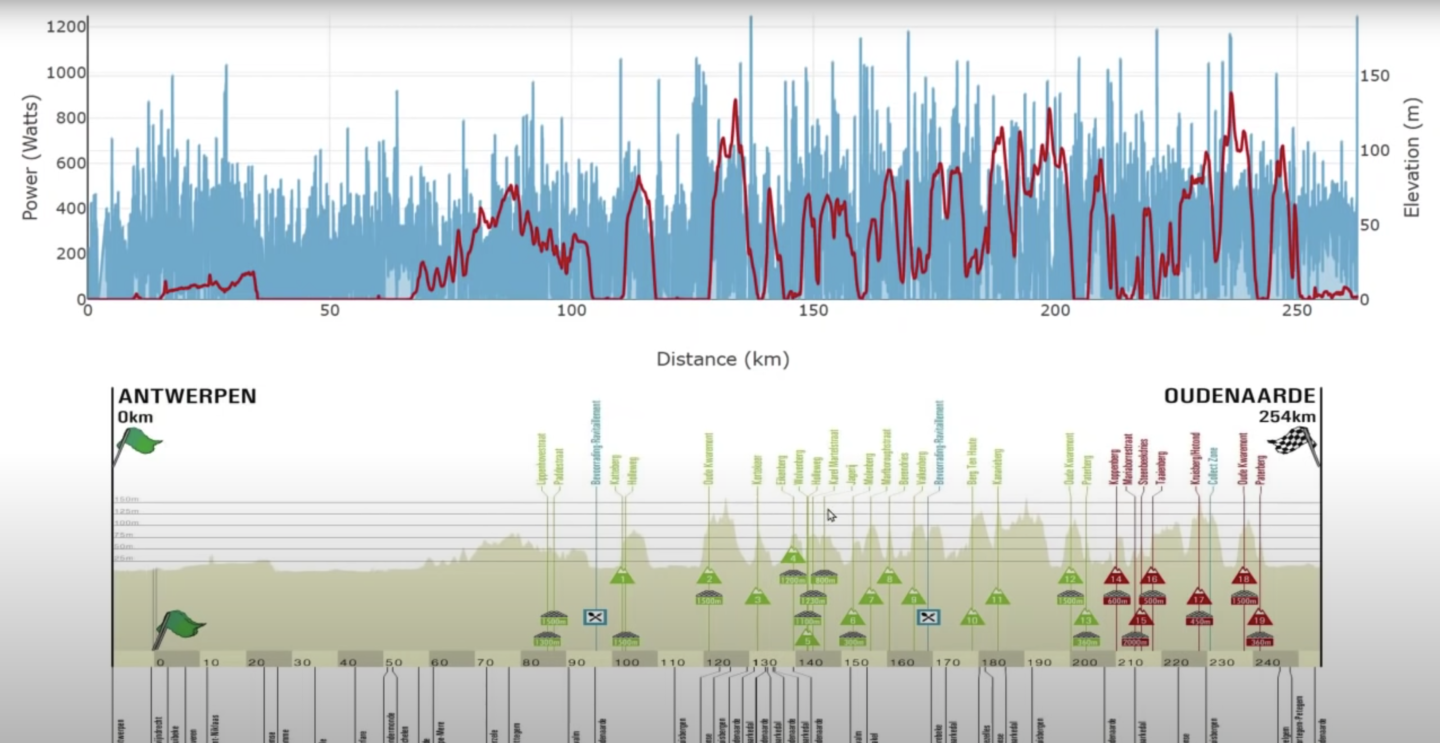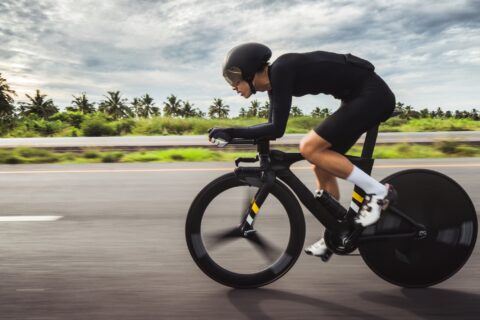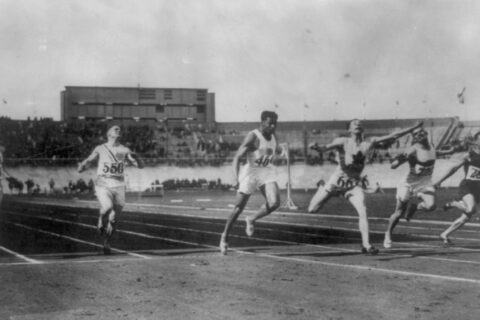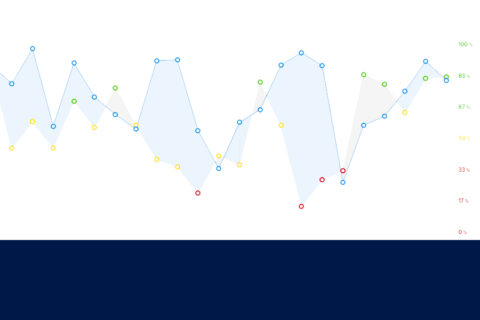Neal Henderson, who years ago was honored as the nation’s top coach by the U.S. Olympic Committee, understands training numbers as well as anyone. Ask the elite coach and head of sport science at Wahoo to crunch a rider’s numbers and he’ll pull the data into a series of over 30 charts that allow him to see more about the athlete than they know about themselves. Yet, Henderson is the first to say the numbers are just a tool.
“First and foremost, the goal isn’t just to improve the numbers, but to translate those improvements into results at races,” he says.
If you own a power meter or are considering one and are wondering how to read all those fancy graphs and scatter plots, there are many good resources online and in print. But if your overall goal is to turn your numbers into performance reality, here are a few key things you should do and a few things to avoid:
Do
Upload your data and look for weaknesses
Henderson points out that the best athletes train their weak areas. A power meter is a great tool to find where you are strong—and weak. See below for Henderson’s suggestions on how to target your areas of improvement.
Assess how you feel
“Sometimes an athlete’s description of the ride is as valuable as the data,” Henderson says. If you do a series of two-minute intervals, the numbers will show you how hard you went. But knowing that you were suffering and couldn’t complete the set shows that you’ve found an area of weakness.
Compare your numbers over time
This is especially true in the winter months when you have no races to test your form. Compare your numbers to early points in the season, or the same time in previous years, to gauge your own progress.
Use heart rate
Henderson likes to triangulate heart rate, power, and perceived effort to get a complete picture. A sudden change in heart rate or perceived effort relative to power generally means something. A rise in heart rate is a sign of fatigue, stress, or dehydration. A drop is a key warning sign of burnout and the need for an extended rest.
Calibrate your power meter every ride
As one final and possibly most important “do” Henderson likes to remind riders to calibrate their meter before each ride. Too often riders have come to him excited with their sudden inflated numbers only to find out they didn’t zero their meter.
Don’t
Don’t focus on your one best power output
Many riders look for at their peak five- or 20-minute efforts as evidence of their strength. But what they miss is repeatability. “The biggest numbers,” according to Henderson, “aren’t at the end of the race, but in the build-up to the end. Being able to keep going hard or do multiple hard efforts is critical.”
Don’t seek big power in races
The winner of the race is sometimes the rider who pedals the least. “Winners don’t always see their highest numbers in races… They learn how to save energy,” Henderson says. What can be even more valuable than reviewing your peak efforts in your race file is to look at how much time you spent at easy power levels. Winning cyclists spend most of the race either at less than 60 percent of their functional threshold or at their functional threshold.
Don’t let power dictate your race
Henderson warns that some riders focus on power at the exclusion of developing a tactical sense. Worse, some riders look at their power during a key point in the race and stop pushing if the number is too high. “Some riders need to put a piece of tape over the power reading,” he says.
Don’t base your training on race numbers
We can often put out higher numbers in races, especially heart rate, which is elevated by the anxiety of racing. Using race numbers as a basis for training zones can lead to overtraining.
Finding your strengths and weaknesses
One of the first things Henderson has an athlete do is a one-hour power test. It consists of (in order) a five-second, five-minute, 20-minute, and one-minute effort, with approximately 10 minutes of spinning between each.
Each effort tests a different physiological system. There are charts available to see how you stack up against other riders in a similar category or level. What is most important, however, is how you stack up against yourself.
If you have a pro level five-minute effort but a category 4 one-minute power output, then your anaerobic capacity is a key area to target. Likewise, if you are targeting a time trial, but your functional threshold isn’t up to par, you want to make it a focus.
Here is a brief description of what each effort means and how Henderson recommends training that system:
Five-second effort: neuromuscular power
This system is critical for sprinters and track riders. Henderson recommends training it with very short, high-torque efforts such as standing starts in a big gear. Another approach is to accelerate as quickly as possible at a high cadence both seated and standing.
One-minute effort: anaerobic capacity
A good anaerobic capacity is critical for handling the flurry of attacks near the end of a race. Four to five minutes of short repeated 20-40 second intervals with even shorter recoveries (10 to 20 seconds) can really build this system
Five-minute effort: VO2max
A five-minute time trial is a good estimate of your VO2max power. This is a critical system for handling the really hard points in races such as a short, sustained climb. Henderson recommends a series of short intervals such as six or seven 30-second efforts at about 150 percent of threshold power with 30 second rest. These intervals should be followed immediately by a two-to-three-minute sustained effort at your five-minute power level.
Functional threshold
The 20-minute effort is a decent estimate of your functional threshold (your highest sustainable) power, but an even better estimate is your normalized power for the entire one-hour test. Good training software such as TrainingPeaks can show you your normalized power. A high functional threshold is key for riders who like time trials or breakaways. Henderson recommends long intervals at 95 percent of your functional threshold. Start with 4-8 minute efforts and build to 15-20 minutes.






